Impulse purchases happen all the time, especially at markets, craft fairs, and pop-up events. Customers may not come in looking to buy something, but the right setup, pricing, and psychology can turn browsers into buyers. Here’s how to trigger impulse buys and increase your sales at in-person events!
1. Keep Prices for Impulse Items Low ($5-$20 Sweet Spot)
💡 Most impulse purchases happen when prices feel like a “no-brainer” buy.
✅ $5-$20 is the impulse-buy sweet spot – Anything over $20 makes people pause and think. ✅ Offer small, fun, low-cost items – Stickers, buttons, enamel pins, and keychains make easy impulse buys. ✅ Have a mix of price points – Even if you sell higher-priced items, having cheap grab-and-go options increases sales.
💡 Stat: 40% of purchases are unplanned impulse buys. (Source)
🔗 More on impulse buying psychology
2. Place Small Items Near Checkout & High-Traffic Areas
💡 Customers make impulse decisions in seconds. Put the right products in the right places.
✅ Set up small items near checkout – Customers are more likely to grab an extra sticker or keychain while paying. ✅ Feature “bestsellers” upfront – Display impulse-buy items where people naturally stop or browse. ✅ Use baskets or bins for grab-and-go shopping – A “$5 & Under” bin makes it easy for people to add more to their order.
💡 Example: I always place stickers and cigarette cases at the front of my booth because they attract attention and get people to stop.
🔗 How retail placement increases sales
3. Use “Buy More, Save More” Deals to Encourage Extra Purchases
💡 Giving customers a reason to buy more increases your average order value.
✅ Bundle discounts work – Example: My 4 for $10 sticker deal gets almost every customer to grab four instead of just one. ✅ “Buy 3, Get 1 Free” works great for $10+ items – Customers feel like they’re getting a deal and will grab extras. ✅ Use tiered pricing incentives – Example: Spend $25, get a free sticker!
💡 Stat: Customers spend 30% more when they see a bundle deal vs. individual pricing. (Source)
4. Make Buying Fun & Interactive
💡 People buy more when they’re having fun.
✅ Spin-to-win or mystery items work – Example: My ArtVend mystery spins at $5 are my best-selling impulse item. ✅ Let customers “build their own” bundles – Example: Mix & match enamel pins or stickers in a deal. ✅ Encourage engagement with small freebies – Example: Follow us for a free lighter! gets people engaged while they browse.
💡 Example: I turned my mystery sticker packs from opaque to clear so customers could see a bit of what they were getting, sales skyrocketed because they felt in control.
🔗 How gamification boosts sales
5. Use Urgency & Scarcity to Push Quick Decisions
💡 If people think they can come back later, they might not buy at all.
✅ Use signage like “Limited Stock Available” – Customers will buy now instead of waiting. ✅ Count down low-stock items out loud – Example: “I only have 2 of these left!” ✅ Offer market-only exclusives – Example: “These won’t be available online!” makes people feel like they have to buy now.
💡 Stat: 60% of impulse purchases happen due to FOMO (Fear of Missing Out). (Source)
🔗 How scarcity increases sales
6. Make Pricing Clear & Easy to Read
💡 If customers have to ask for a price, you’re losing sales.
✅ Use large, easy-to-read price signs – Customers won’t always ask if they don’t see pricing. ✅ List bundle deals next to individual pricing – Example: “Stickers: $4 each OR 4 for $10!” ✅ Avoid overcomplicated pricing – Simple, even-numbered pricing makes decisions easier.
💡 Example: I noticed that when people had to ask about my sticker book, they didn’t buy. I added a sign explaining what it was, and sales immediately increased.
7. Offer a Freebie to Boost Sales & Customer Retention
💡 Giving away something small can encourage bigger purchases and brand loyalty.
✅ “Free gift with purchase” works – Example: Spend $35 and get a free tote bag! ✅ Follow-for-freebies boost engagement – Example: Follow us on Instagram for a free lighter! gets people involved. ✅ Branded freebies = repeat customers – Example: Adding a logo sticker to every order keeps your brand in their mind.
💡 Stat: Customers who receive freebies are 30% more likely to buy again. (Source)
🔗 The psychology behind free gifts
Make It Easy for Customers to Buy on Impulse
📌 Keep impulse items under $20 – People buy small things fast without overthinking.
📌 Place bestsellers at checkout & high-traffic spots – The easier they are to grab, the more they’ll sell.
📌 Use deals & bundles – Buy-more-save-more strategies increase cart size.
📌 Make it fun & engaging – Mystery spins, freebies, and social media tie-ins create excitement.
📌 Use urgency & scarcity wisely – Customers buy faster when they think stock is limited.
🚀 Want more tips? Sign up for my email list to get exclusive strategies on boosting sales at markets & online!
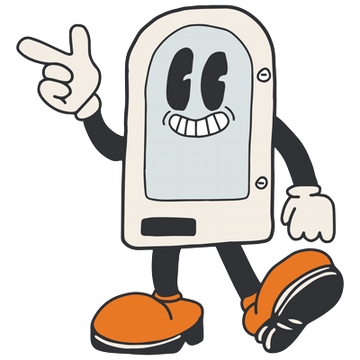
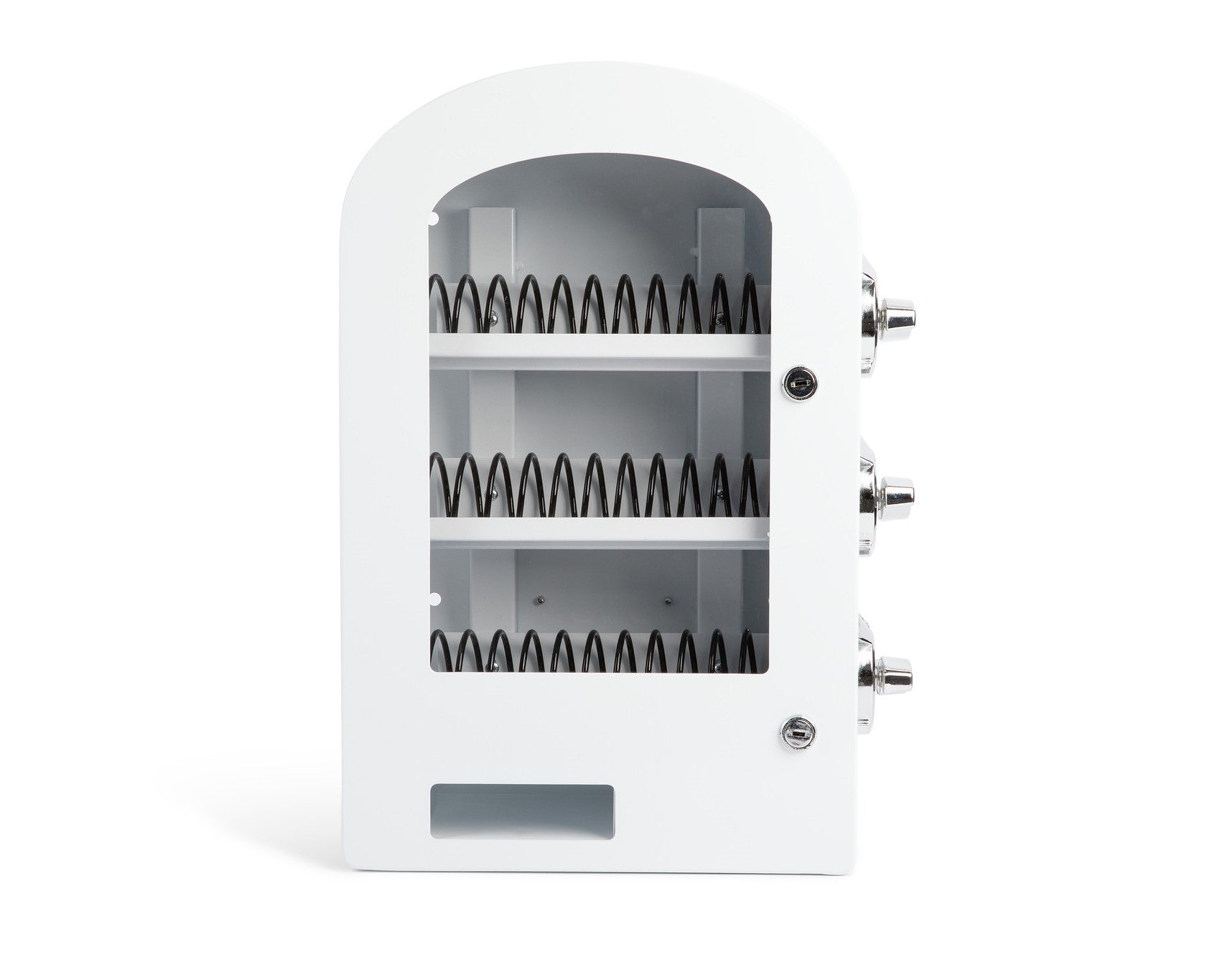
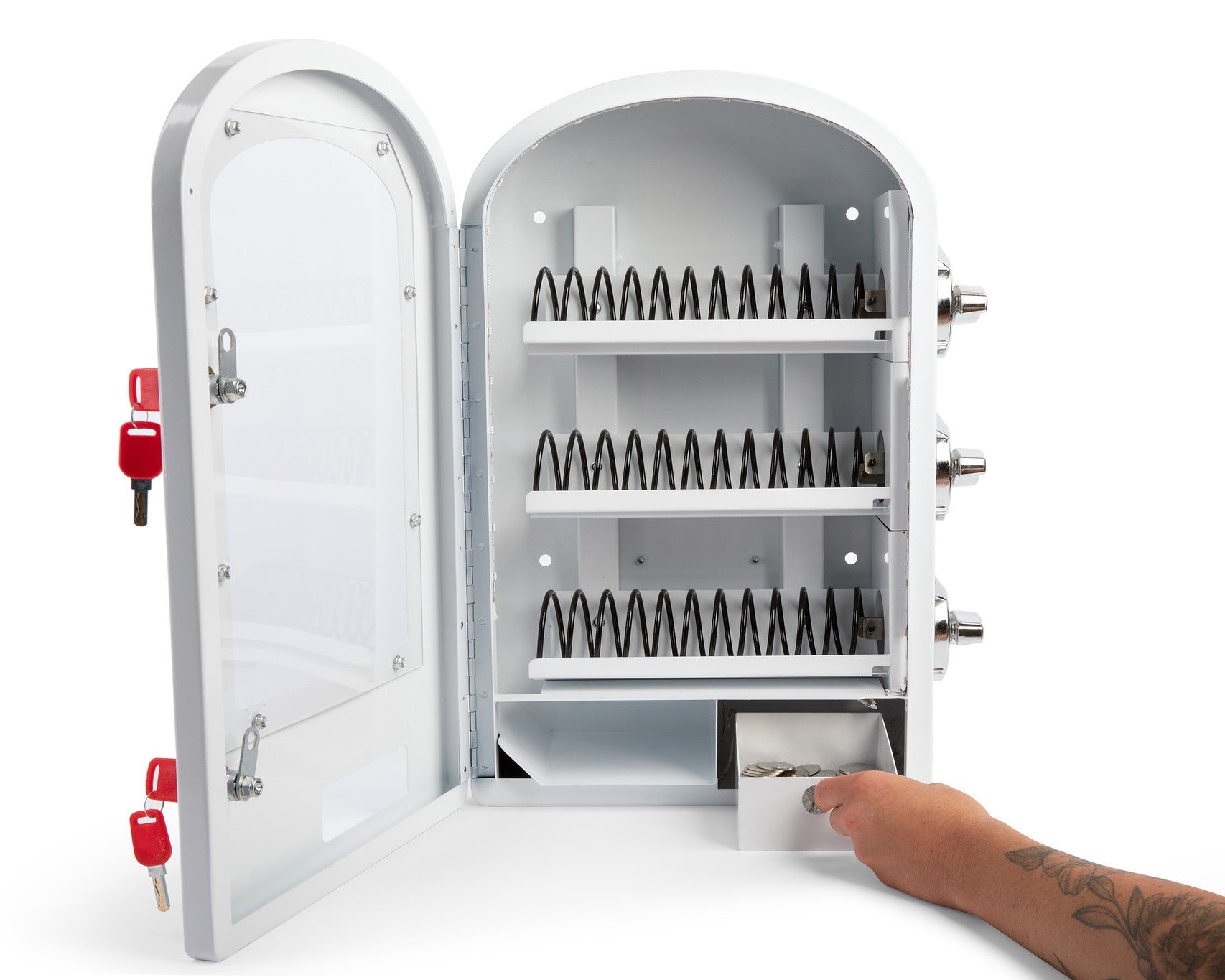
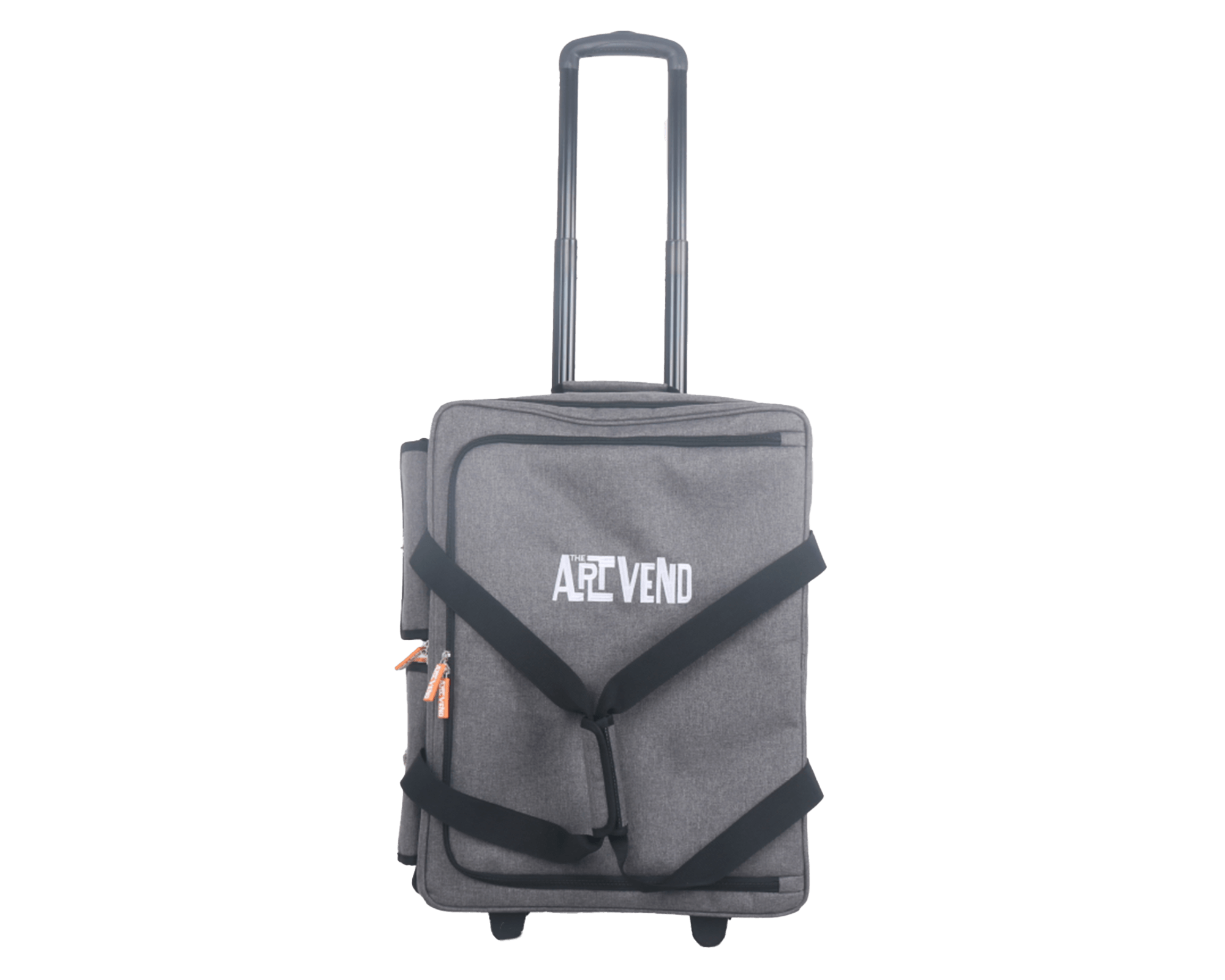
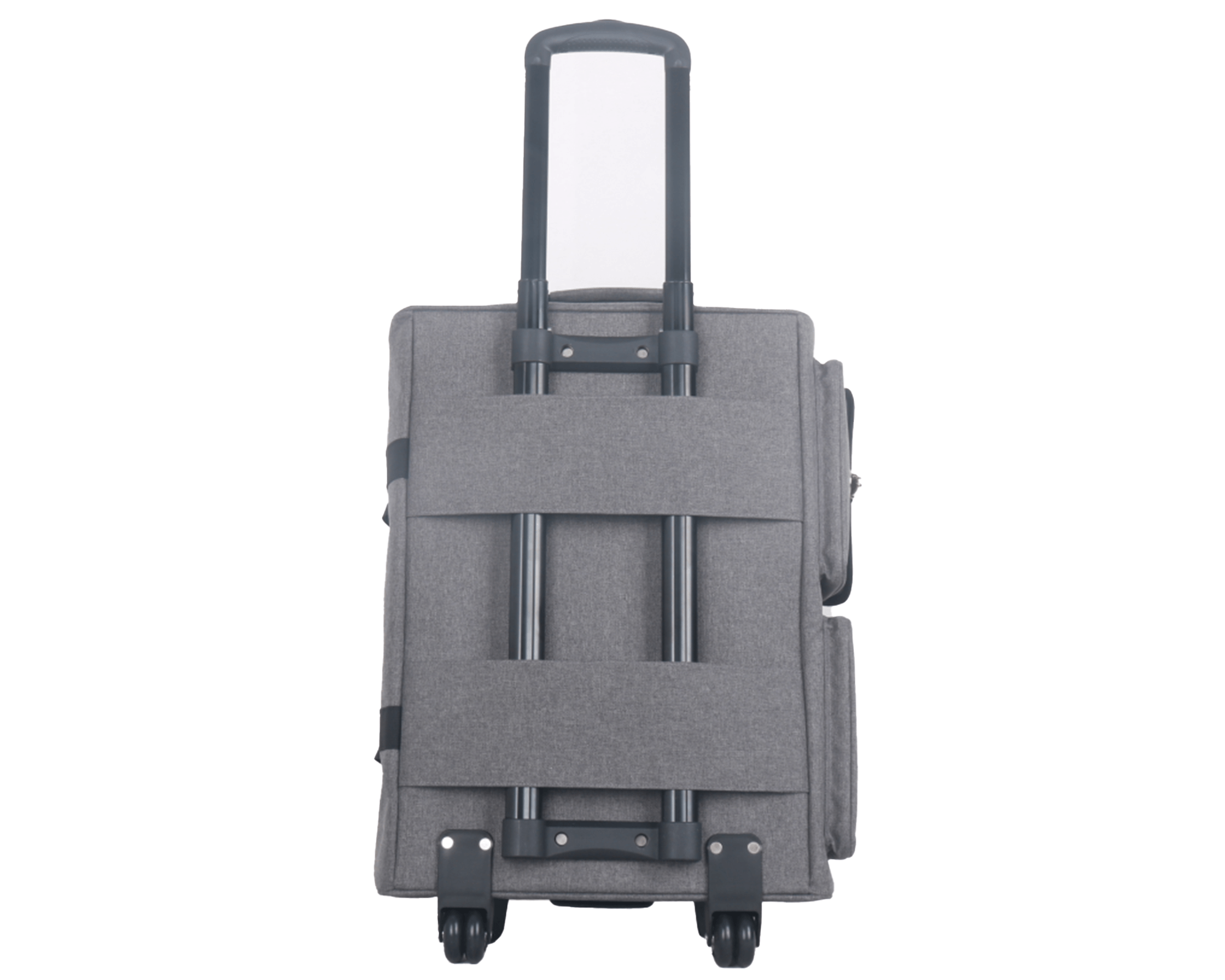
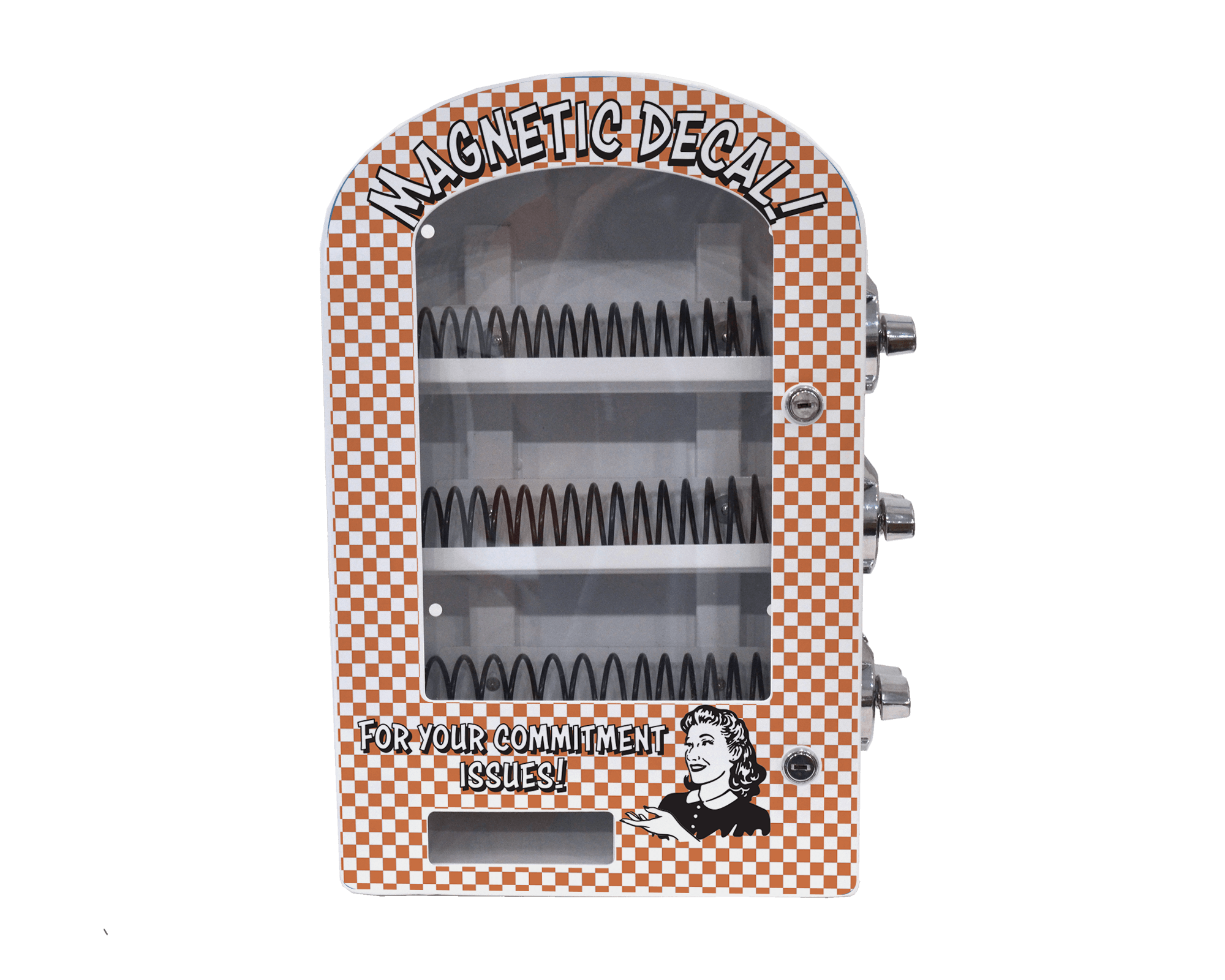
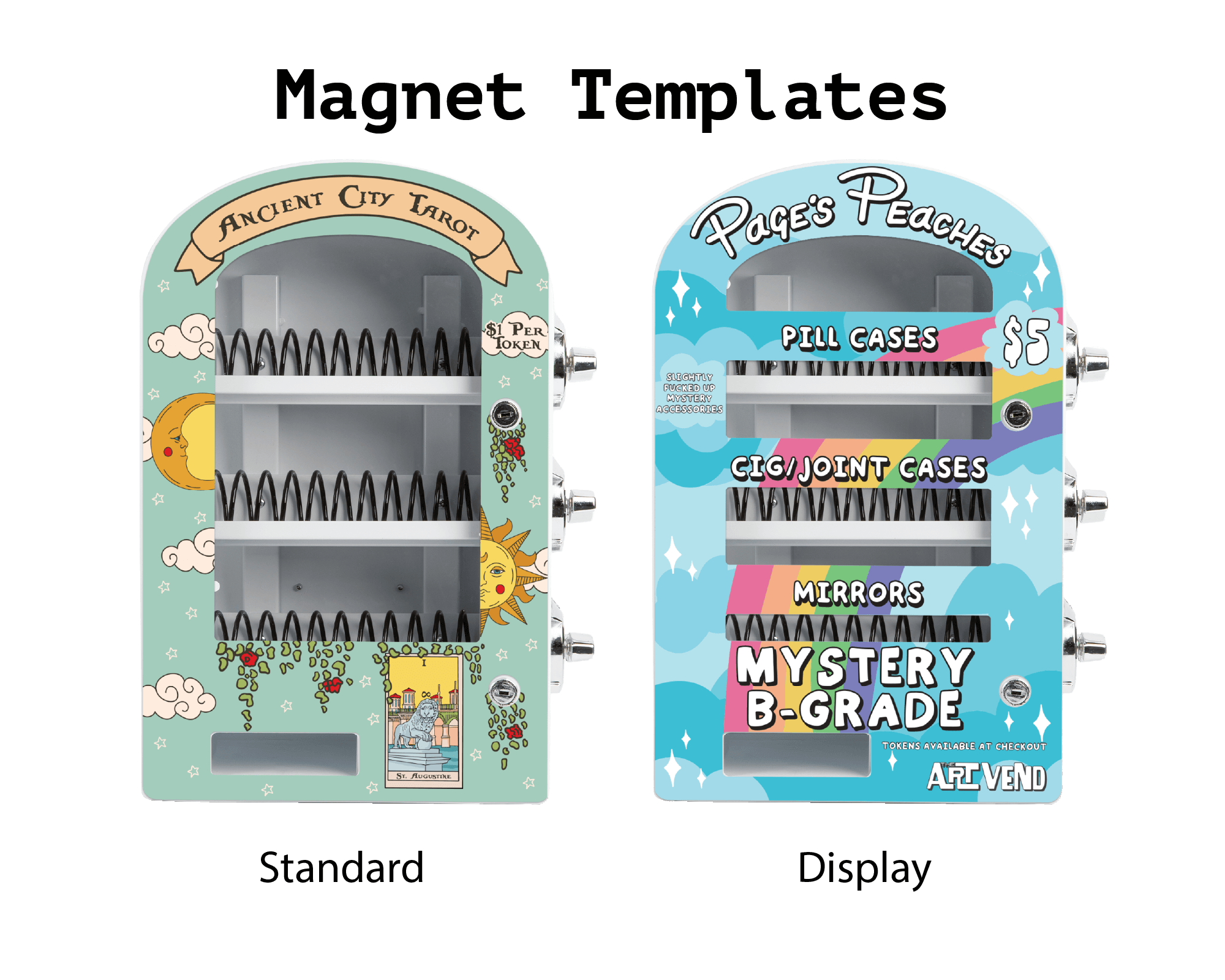
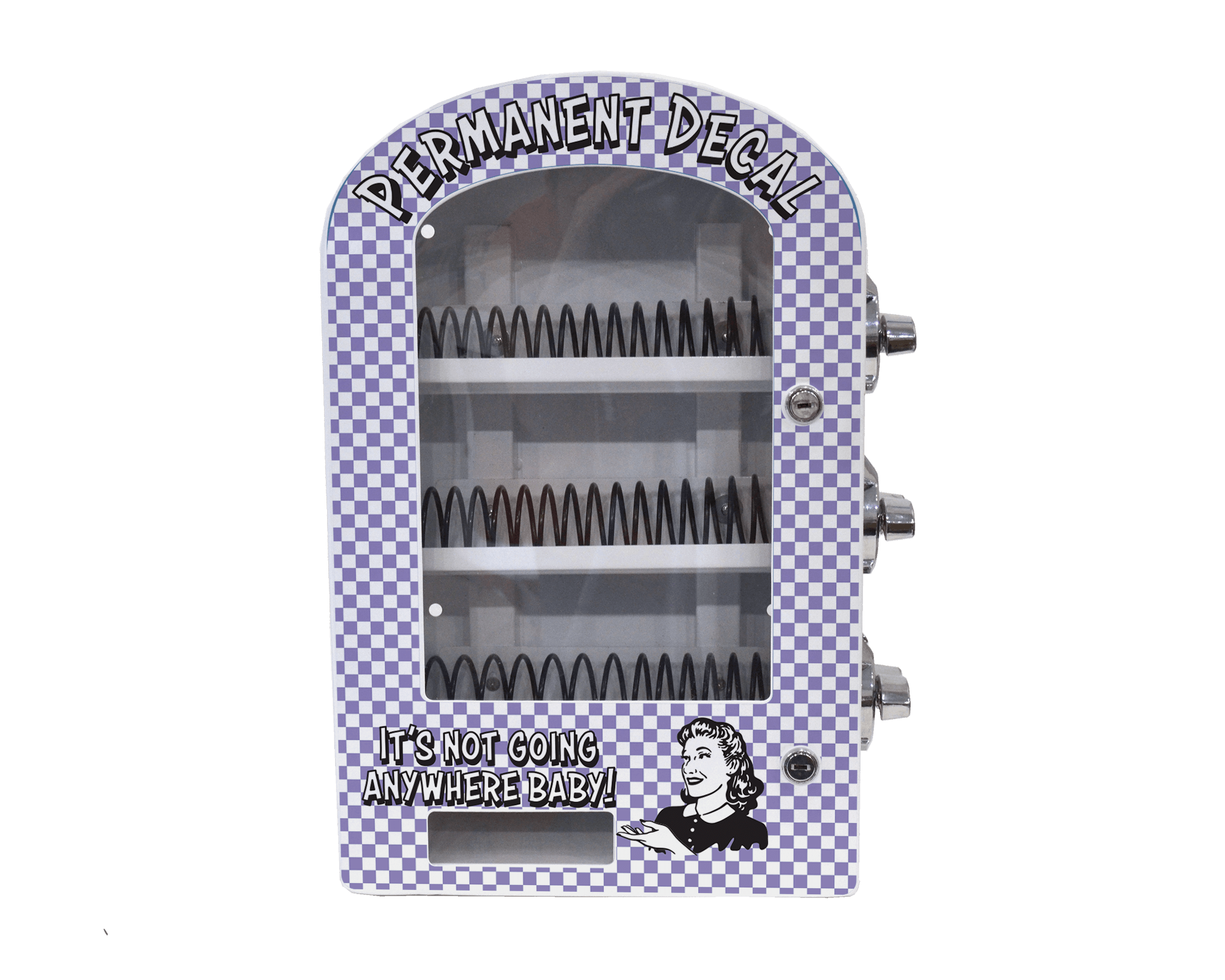

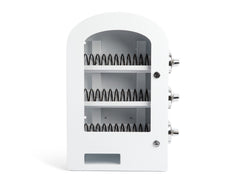

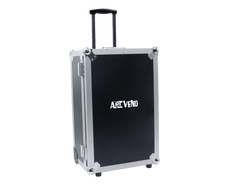
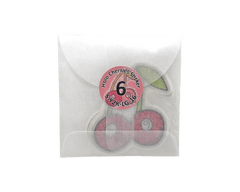
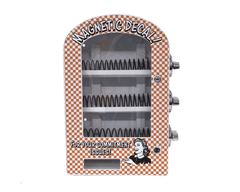
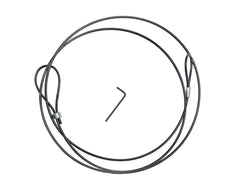
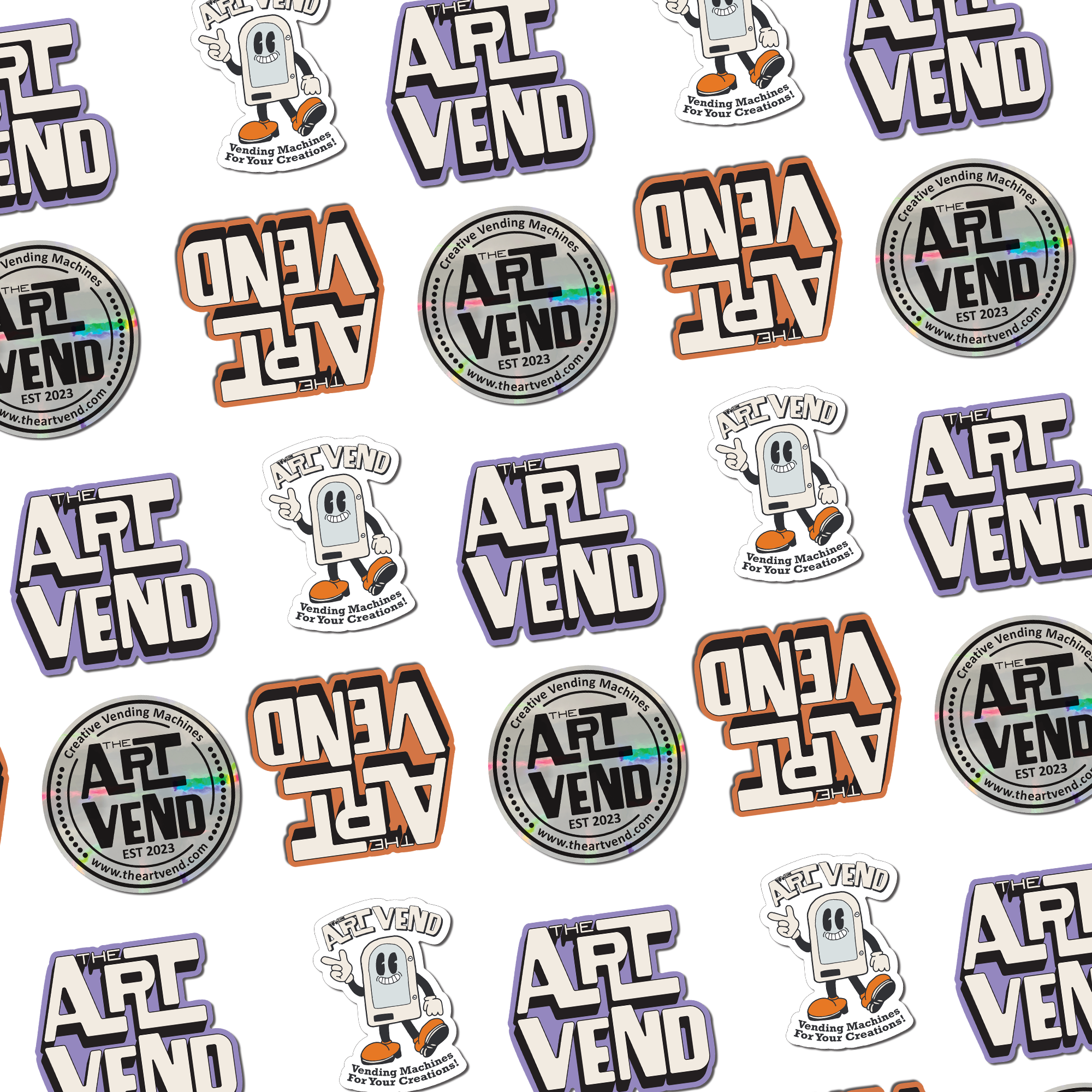
Leave a comment